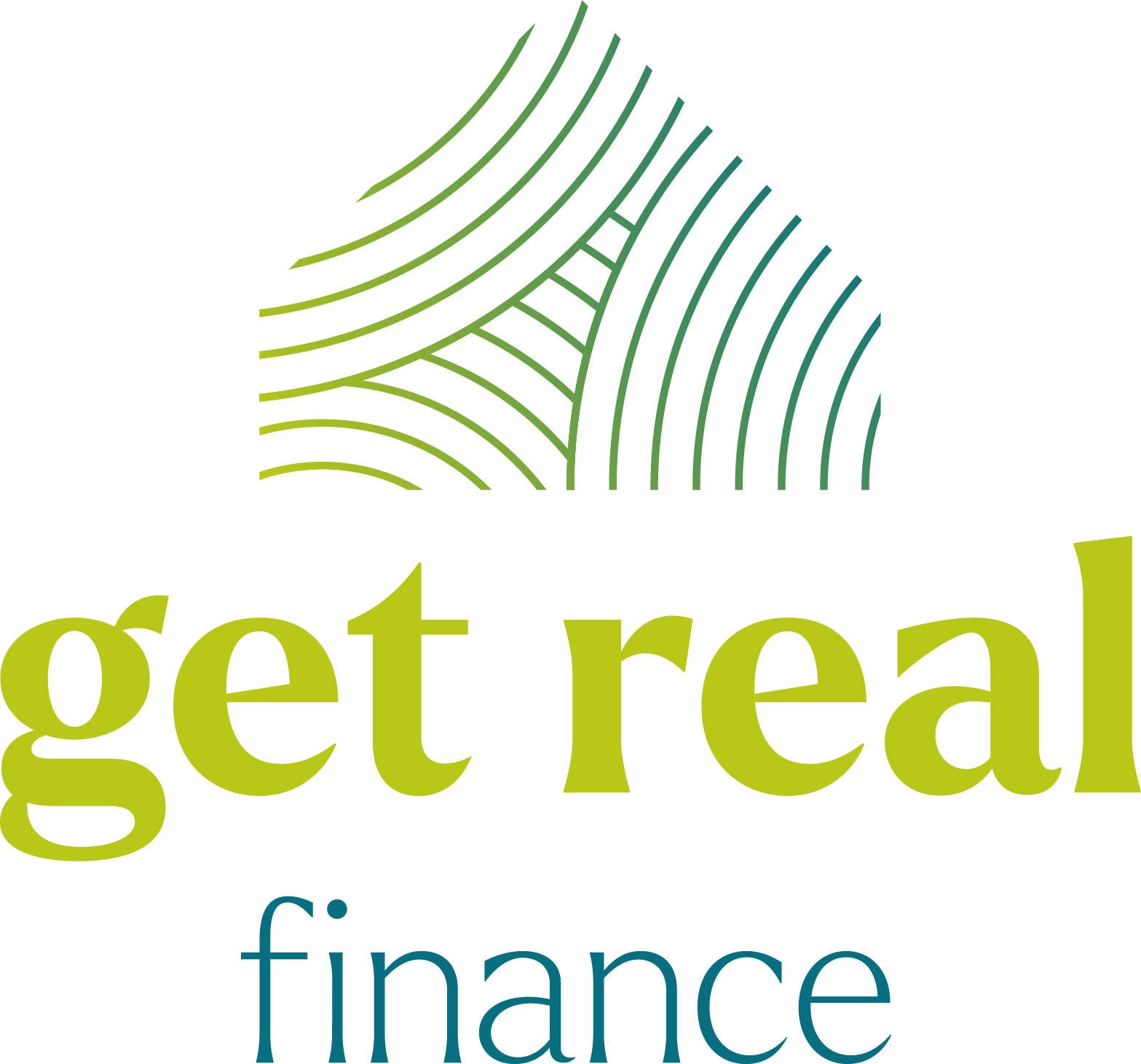Step 1: Discussing your situation and loan requirements
Our brokers talk you through the lending facilities and any additional ‘hidden costs’ associated with your loan product and lender. Fees can include variation costs, application and discharge fees. Finding and buying a property involve extra costs, for example:
- application fees
- stamp duty
- mortgage insurance
- solicitor fees
- government charges
- moving costs
- building and pest inspection
- valuations.
Step 2: Submitting your application to chosen lender
Lenders require certain information and documentation to be submitted with the application to verify your income and asset/liability position. For example:
- Payslips.
- Letters from employers.
- Tax returns, financials and tax assessments.
- Evidence of Centrelink income.
- Council rates notices.
- Rental income verification–current and expected.
- Statements of existing home loans/personal loans/car loans.
- Credit card statements.
- Savings and transaction accounts statements.
- Identification.
Your broker and/or loans processors will explain what’s required from you.
The lender also requires a copy of the purchase contract (full and complete). In Queensland you’re required to purchase a building insurance policy on the property with the lender noted as the Mortgagee or Interested Party effective from the date you sign the purchase contract. However, this doesn’t apply to strata property purchases as the body corporate holds the building insurance policy.
A copy of the certificate of currency for either the building insurance or the body corporate is required to be provided to the lender.
As your broker our preliminary assessments and calculations determine your eligibility for the lender and loan selected. Where possible we order a valuation (depending on the lender), prior to submitting to the lender for approval.
Typically, we can’t submit your application to the lender until we receive all the documentation above is provided to us.
Step 3: The approval process
Once the lender receives your application, they verify your ‘serviceability’ for the loan and obtain a credit report, and in some cases verify your employment status with your employer. If the loan is subject to lenders mortgage insurance, your application, a credit report, and the valuation report is sent to the mortgage insurer to be assessed.
Step 4: You’re approved!
Once the lender notifies us that your application is unconditionally approved, we contact you to let you know you’re unconditionally approved and outline any terms your loan is conditional upon. These terms often include:
- Contract of Sale once you find a suitable property.
- Property valuation confirming a maximum loan-value-ratio of a certain percentage isn’t exceeded.
- Lenders Mortgage Insurance approval (if applicable).
- Verification of the financial information already provided.
- Confirmation that your financial circumstances have not changed adversely.
When you enter into a sale contract to purchase a property, we also send your solicitor written confirmation of your pre-approval.
Step 5: Your loan offer contract and mortgage documents are prepared
In most cases your lender will post the approval documents to Get Real Finance. Your broker checks the documents to ensure that every product selected, amount, names and address details are correct before contacting you. Once the checks are complete and everything is ready we contact you to book an appointment for you to come in and do a loan sign up.
At our meeting, once you understand and are comfortable with the loan’s terms and conditions and you’re happy with your loan offer, you’ll sign your documents and we send them to the lender on your behalf.
You must provide the Insurance Certificate of Currency with the lender noted (or body corporate’s Certificate of Currency) to be sent with the signed loan documents for settlement.
Step 6: Booking settlement
Your solicitor is responsible to book and attend the property settlement on your behalf.
When a property is being refinanced rather than newly purchased by you, our broker and/or our loans processor will monitor your loan settlement on your behalf.
Step 7: Settlement
Once your loan settles, we advise you that settlement is complete! We’ll also contact you about linking offset accounts online and to ensure you know when your first repayment is due.
Step 8: Post-settlement care
The team at Get Real Finance build lifelong relationships and stay in contact with you to review your loan and share our knowledge and insights with you. We automatically review the variable rate on your loan every six months (whereas the industry standard is set to every 12 months). If you decide to vary or refinance your loan, we’d love to guide, support and assist you with this process.
With a wide variety of lenders available and many different loan types and products on the market, our brokers will talk through your circumstances to determine the right fit for you now and into the future.



